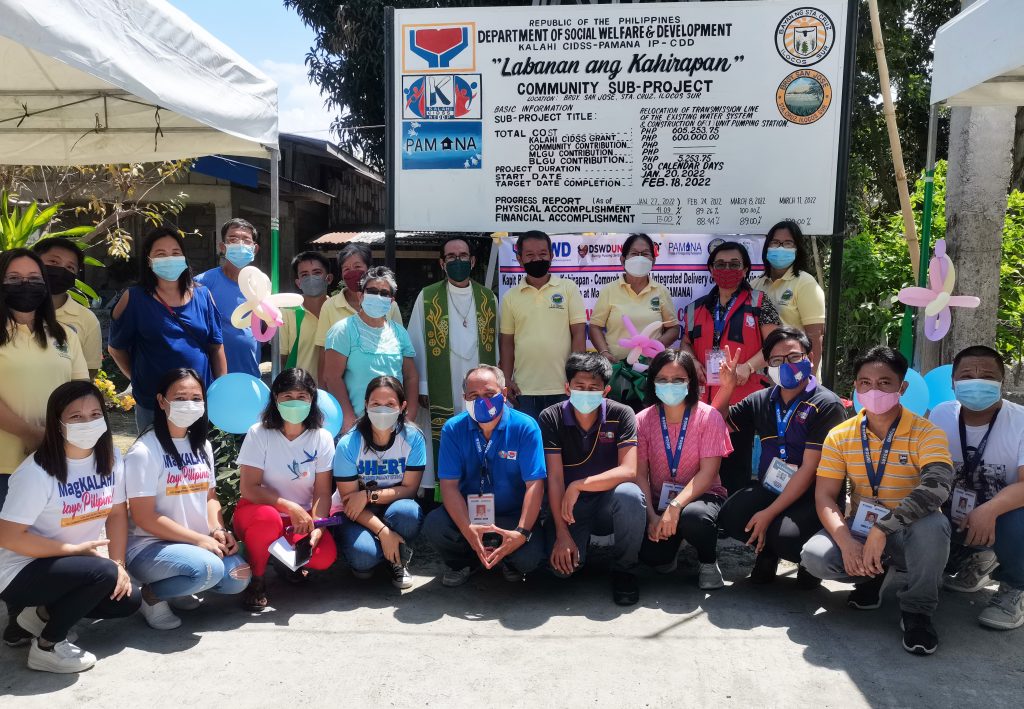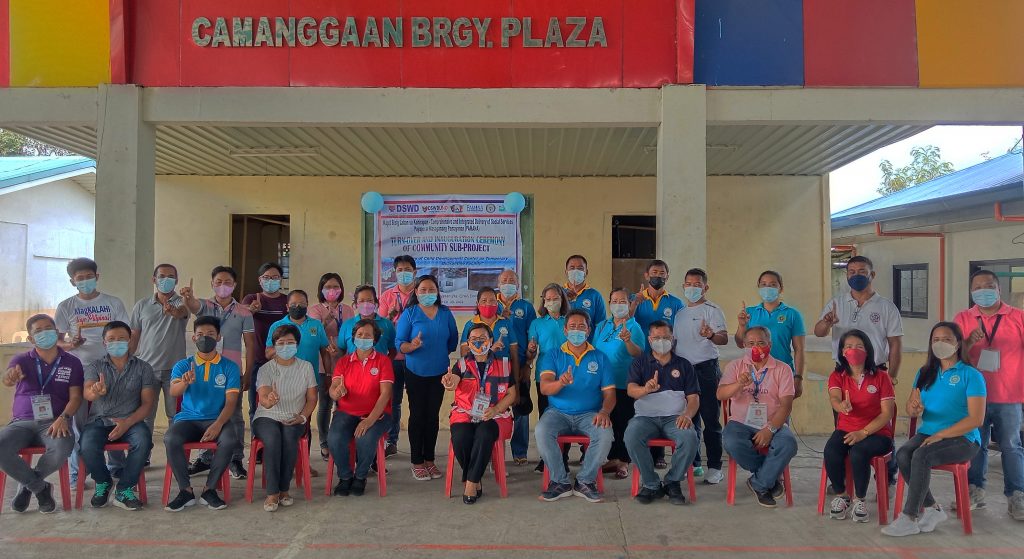SANTA CRUZ, Ilocos Sur – The Department of Social Welfare and Development Field Office 1’s (DSWD FO 1) Kapit-Bisig Laban sa Kahirapan Comprehensive and Integrated Delivery of Social Services (KALAHI-CIDSS) empowered armed conflict-affected barangays through the community-driven development (CDD) strategy.
Since KALAHI-CIDSS utilizes the CDD approach, it facilitated communities to be in control over their assessments, decisions and means for their local development.
Through the program, barangay officials and community volunteers are keen to participate to identify and prioritize their concerns, and allow them to implement and manage solutions to their community problems.
Thus, four barangays in Santa Cruz, Ilocos Sur have established the results of their hard work using the said approach. These barangays are Amarao, Camanggaan, San Antonio and San Jose, and are identified as conflict-affected areas.

Since 2020, the DSWD FO 1 has provided a total grant of Php 5.7 million to the municipality while the local government unit shared about Php 27,000.00 which was used to complete the sub-projects under the Payapa at Masaganang Pamayanan – Indigenous Peoples – Community-Driven Development or PAMANA-IP CDD disaster response operations modality.
Among the projects are the improvement of communal irrigation systems and transmission lines of existing water systems, construction of pumping stations, upgrading of child development centers and multi-purpose buildings as temporary quarantine facilities, purchasing of isolation tents and medical supplies, tools and equipment, and provision of cash for work.
During the turnover ceremonies, Barangay San Antonio Chairperson John Rey R. Javar said that, he was very unsure in the beginning of how CDD can help their community but through the consistent and regular committee meetings, brainstorming and sharing sessions held, he was able to understand the concept of the program.
“The activities that I underwent as the lead and also as a member of the community helped me to develop my decision-making, negotiation and public speaking skills. In our community, it changed the way we worked as a team and not in silos. It encouraged involvement and inclusion of our people,” he said.
Another prominent statement from Javar is that the program promotes transparency amongst its members and the realization that they can be held accountable after the sub-project’s completion.
Relative to this, Barangay Camanggaan Chairperson Felipe C. Bal-ut, Jr. expressed that the CDD approach has built the trust of the community towards implementation of government projects because of the transparency in the utilization of funds.

Moreover, Santa Cruz Municipal Social Welfare and Development Officer Saturnina R. Hernandez said, “KALAHI-CIDSS has motivated the community members to participate in all the dealings from the start until the end of the sub-project implementation. The information is accessible to the stakeholders, and we are fortunate that we were chosen as one of the beneficiaries of the program.”Bal-ut also said that the presence and technical guidance of the Regional Program Management Office and Area Coordinating Team staff have greatly helped in the success of the sub-project.
The sub-projects handed over to the four barangays will benefit a total of 1,222 households.
KALAHI-CIDSS as one of the programs that will be gradually devolved until 2024 hopes that the mark of community volunteerism through the CDD strategy have impact to the LGUs for them to ensure the inclusive growth and development of poverty-stricken communities in the country. (By: Anne Hazel Fajardo-Flores, Social Marketing Officer III, KALAHI-CIDSS RPMO/ Social Marketing Unit)

